Over a thousand years of European Islam brings into question increasingly narrow definitions of British and European values
In the medieval and early modern world, England and wider western Europe travelled extensively in Asia and the Middle East and traded keenly with the Islamic world. These encounters are frequently neglected in our readings of history; rarely if ever are they mentioned in English schoolrooms and beyond. Crucially, the Islamic world was not only those lands beyond European borders, but included European lands too. This reality stands as an important historical reminder at a time in which the rise of the far-right in the UK and on the continent threatens harmonious relations between the many cultures that form the rich tapestry of modern Europe. What emerges is the story of Europe’s long and meaningful relationship with Islam and, crucially, the history of European religious diversity and tolerance itself.
That faiths which distinctly form the European family include those beyond Christianity – including Islam and Judaism – is nothing new. In fact, European Islam is almost as old as Islam itself, first carving its identity in the medieval era with the founding of Muslim Spain in 711 that saw the conquest of the previous Visigothic Iberian Kingdom. This particular Islamic European Empire would endure for 700 years, melding faith and culture to form a uniquely Spanish identity.
Muslim Spain was particularly admired for its religious tolerance, being home to a plethora of European faiths including Judaism and minority sects of Christianity. Both Muslim and non-Muslim Spaniards were fluent in Spanish, Arabic and other languages, and contributed to a rich civilisation of intellectual and cultural advancement, as well as wealth. The empire was home to a truly cosmopolitan and flourishing society, producing generations of such intellectual greats as the Jewish philosopher and astronomer, Maimonides, and the Muslim mathematician and astronomer, Al-Zarqali, and creating some of the most breathtaking architecture in the world. Although the invasion by Catholic northern Spain would result in the overthrow of the Islamic Spanish Empire in 1492, Spanish Muslims established and retained an Islamic mark on Europe and the Iberian Peninsula that continues to manifest itself linguistically and culturally.
Even as Muslim Spain suffered conquest, eastern Europe witnessed the further consolidation of a European Islamic identity and presence by the founding of the Ottoman Empire in 1453. Although the Ottomans had been established on the European side of the Bosphorus strait since the late fourteenth century, the 1453 Conquest of Constantinople, led by Sultan Mehmed II, would extinguish the Byzantine Empire and render the city the new Ottoman capital, thus truly establishing the Ottomans in Europe.
Like the Spanish, the Ottomans too would be recognised in Europe for their tolerance of diverse European faiths, standing out as a cosmopolitan society among less tolerant western European states. They generally accepted Christians, Jews and those of others faiths, even welcoming refugees and outcasts from less tolerant regions of Christian Europe. The early modern English traveler, George Sandys, reported that the Ottomans “extend their charity to Christians and Jews as well as to them of their own religion” and Henry Blount, another early modern English traveller, observed “the Turke puts none to death for Religion…there is seldom any compulsion of conscience.” Jews who had suffered persecution previously under Byzantine rule found that Turkish Islamic rule granted them considerable autonomy.
Crucially, religious tolerance was not unique to Muslim Spaniards or Ottomans, but a quality of Medieval Islam practiced across the Islamic world that would largely continue into the early modern period. Indeed, historically it was these Muslim Europeans who introduced the conception of religious tolerance and acceptance of other faiths to a previously intolerant Europe, long before the European Enlightenment.
While debates rage about the place of Islam in Europe today, it is a relevant reminder to recall that Islam is European, and has been so longer than secularism or even Protestantism has. For example, while veiled Muslim women are questioned for dressing in a so-called foreign manner, it is a humbling reminder that the Islamic hijab has been a normative European attire since 711 – centuries before jeans, suits or ties came into fashion. And as some seek to question the hijab as both oppressive and a garment that forces religion into the public sphere, it is worth noting that while the Enlightenment may have served to separate church and state among Christian nations, Islamic Europe, in its historic recognition of multiple faith groups and their respective laws, has not suffered the same religious impositions historically experienced in western Europe, retaining the respect of individuality. It is for the individual to define their self-expression, European identity and what is or is not oppressive for them, not for hegemonic state or public figures.
As far as authentic European identity is concerned then, those targeting the diversity that make Europe the enriching home it is have some deep soul searching to do. If the question is who or what is authentically European, the answers will likely prove humbling. However, the actual question and impetus behind such contentions is probably not as innocent as simply identifying what denotes European values, or indeed British values, and what undermines those values. Rather, it is something infinitely more sinister: an intolerance of xenophobic roots. And that intolerance is far more backward, counter to Enlightenment values, and an enemy of modernity, than the practices and cultures of individual Europeans ever have been.
Image from: http://www.huffingtonpost.co.uk/2014/06/27/muslims-british-values_n_5536705.html
